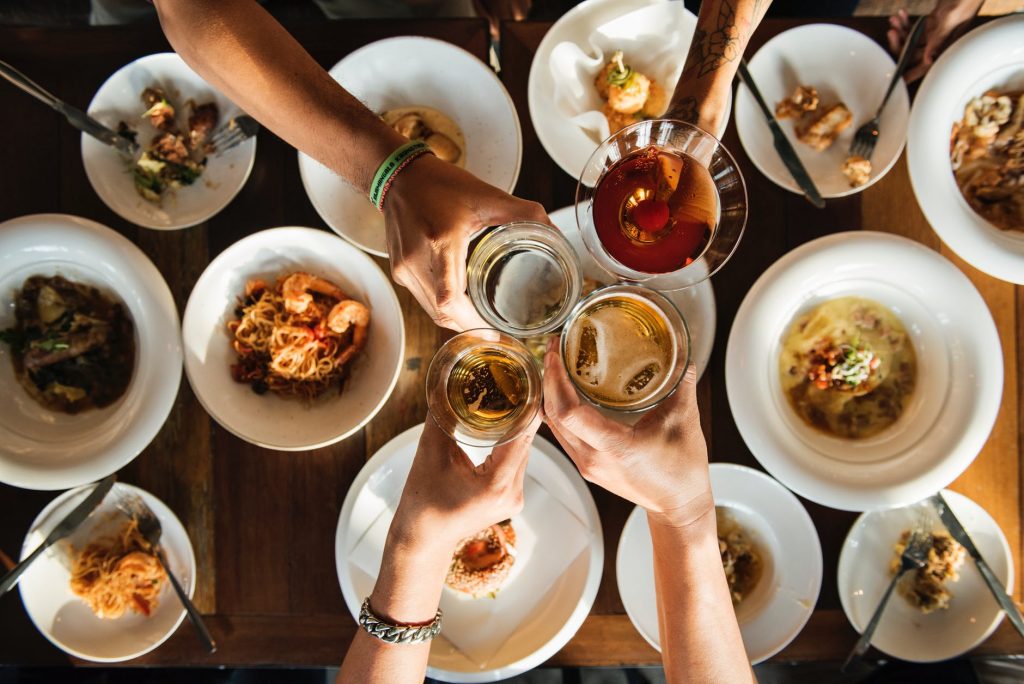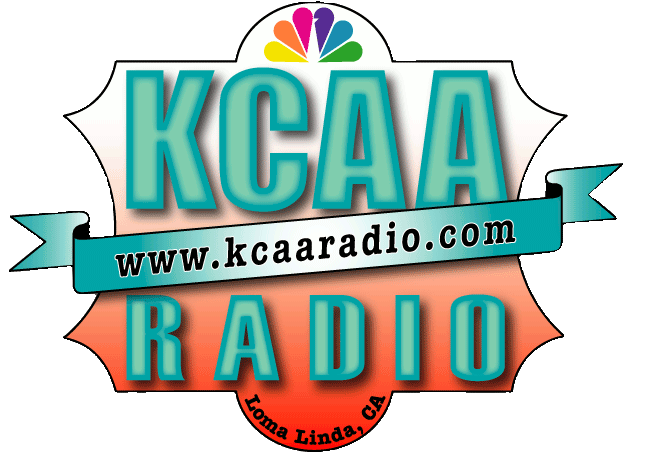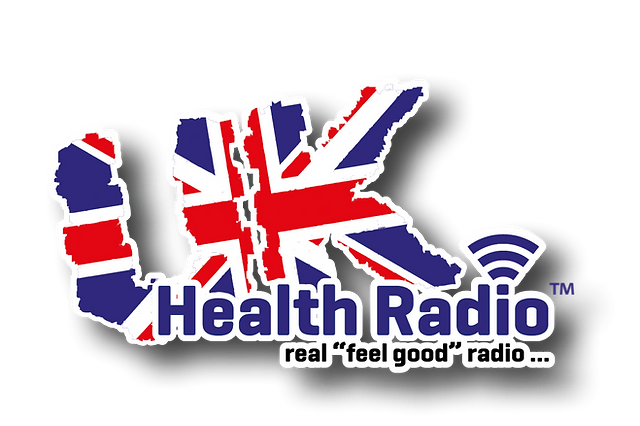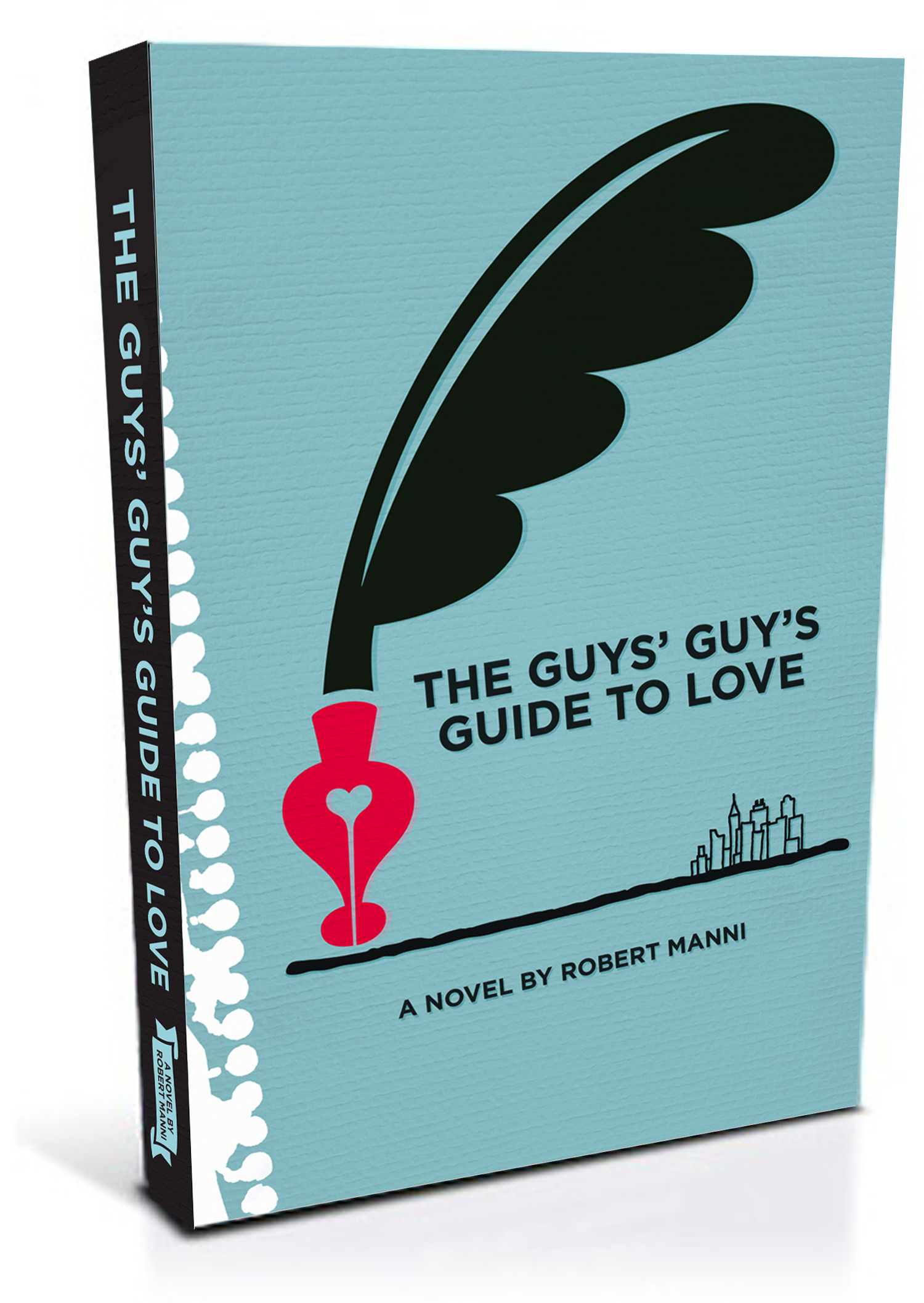The Process of Elimination Diet

Want to lose weight, increase your energy, and end your cravings for crappy foods? Introducing: The Process of Elimination Diet.
If you’re like me, you love food, you love to eat, and you eat well. While we do our best to either lose or maintain our weight, we face temptations about our food choices every day. It all comes down to choices. When it’s time to eat, you pick this or that, and the ramifications can be game-changing. Successful dieting often comes down to making the right choices over and over again. There are so many ways to self-sabotage when trying to maintain your fighting weight that it becomes a never-ending battle.
After years of yo-yo dieting, I put this question to the test. Now, after successfully working my way through a year-long program, the answer is a resounding yes. It requires mindfulness and some discipline, but there is a method for eating clean, reducing cravings and ramping up your energy. I call it the Process of Elimination Diet.
After achieving short-term successes with a myriad of fad diets, working out consistently, and not eating meat for a decade, I still never got a real handle on managing my weight. Even though I spent years grinding out long runs and devoted countless hours on the elliptical trainer, I did not lose weight. In fact, during the second half of 2017, I was slowly but steadily gaining weight. As soon as I ended a diet, fast, cleanse or intermittent fasting, I’d gain the weight right back. I’d had enough and when I stepped on the scale that December and saw a higher number than I’d ever seen before, I told myself enough was enough. I decided to develop a fresh, new approach that did not require purchasing prepared special meals, fasting, monthly cleanses, or eating only at certain times during the day. I would develop a new program for weight management and test it on myself at the highest level. If it worked, I’d share it with the world.
For a 5’10 boomer, carrying a weight under 200 isn’t all that bad. But, as the person who began the Guy’s Guy movement¾where men and women can be at their best so everyone wins, “not bad” simply was not good enough. Another short-term diet plan would only yield short-term results. My program needed to deliver long-term results while shedding pounds, eliminating cravings, enhancing wellness, and inspiring permanent lifestyle changes driven by better food choices.
After a few days of mulling things around I recalled running into a former high school classmate. When we were teens, he was a chubby kid and I was a lean, trim athlete. But when we met twenty years later he was the one who was thin and I had packed on a few unwanted pounds. I said, “Steve, you look great. How did you lose all the weight?” He smiled and replied, “I stopped eating so much.” His words stuck with me. They made sense, but I knew there was more to discover.
Then it hit me. You can eat less, but without a lifestyle overhaul, that’s neither sustainable nor fun. There had to be a better way than Steve’s model. Eating, and eating well, comes down to making choices. At every meal you choose to consume this or that¾ the tuna or the lamb chops, the beer or the club soda, the bacon cheeseburger or the salad. Over time, the results of those choices¾both the bad and good—come to fruition and show up when you step on the scale. I asked myself, “What if I systematically eliminated my bad choices while still enjoying what I still ate? What if I made one less bad choice per week or month for a year?” Heck, over the course of fifty-two weeks or twelve months, I could eliminate fifty-two or a dozen bad choices. Spreading the program across a year avoids any shocks to the system that many of the familiar diet plans can produce. By refining the diet over the course of a year, you can achieve significant results, allow your body to steadily heal, and get a handle on your weight management and cravings. At least that was the idea t the outset.
I call it, The Process of Elimination Diet. Again, it’s pretty simple. Every week, or month, you eliminate one additional food from your diet for an entire year. You can also eliminate one food per week or month. You cut out one item from your diet at a time. For example, in January you give up ice cream. That means no ice cream for the entire year. That may not be easy, but you want long-term results so you need to make some sacrifices. In February, you give up something else for the year. Let’s say, bacon. Now, you can’t eat ice cream or bacon for the remainder of the year. They may taste good, but are they really good for you? When March rolls around you choose something else, and so on. By the end of the year you will have given up a dirty dozen of foods you know are not good for you, your waistline and your health. You make the choices you need to make that are right for you. If one month you give up chewing gum, you’re only kidding yourself. To succeed, you’ll need to commit yourself and make some tough choices. That’s it.
As the creator of the plan, I wanted to take the deep dive by ridding myself of one bad choice per week and track the results. At the end of fifty-two weeks, I would have eliminated fifty-two bad decisions from my diet. It would be no easy task, but someone had to try it to see if the damn thing worked. It was my responsibility to put myself through the most rigorous version of the program over the course of a year. When New Year’s Day rolled around, it was time to put things to the test. I needed to give up something every week of the year so at the end of fifty-two weeks, I’d have given up fifty-two foods.
On January 1st I stepped onto the scale and weighed in at one hundred and ninety-eight pounds. I wanted to hit the ground running so on January 1st I gave up alcohol. Yikes! This was a tough decision, but I mentally braced myself for this sacrifice during some binging over the last weeks of December. If this had been ten years ago, I may have started the program by giving up red meat and followed the next two weeks by eliminating pork, and poultry, but I hadn’t eaten meat for the past decade, so that was not an option.
There was no magic to starting the program at the beginning of the year, but it made it easy to track and measure. I developed a chart with all the weeks and months lined up. Simple stuff, no frills. Then I put any remaining booze in my house into a cabinet above the refrigerator. The first week marked a perfect a time to detox after the holidays. Then I needed to come up with a new food to eliminate every week.
In terms of formulating a strategy for what to give up each week, I decided to follow my instincts, cravings and weekly consumption habits to determine what I had been consuming to make up for what I had given up. As soon as I gave up alcohol, which is filled with sugar, I began uncharacteristically replacing a sip of wine, vodka or tequila with a handful of organic chocolate chip cookies. This was my first A-Ha moment. My body was seeking a sugary substitute for the alcohol.
The following Sunday I gave up cookies. The next week I gave up all forms of candy. And so it went. Over the following weeks, I followed my gut to choose which food I’d eliminate next. I quickly fell into a pattern for making decisions and then staying the course. Every Sunday I decided what to give up, wrote it on my chart, and went about my business. Of course there would be a challenge during the week when avoiding the food I’d just given up, but by the time the weekend rolled around, I was already looking ahead to come up with a new item to eliminate from my diet. Part of the discipline was keeping things going week after week. Blazing new trails can be a lonely process where you don’t receive a lot of emotional support along the way. I wanted to tell a few people so it would put pressure on myself to succeed. Sharing helped me articulate how I was feeling and it kept me focused.
The results were slow, very slow at first. I did not see a dip in weight until a month went by, and even then, it was only three pounds. But by the time spring rolled around my weight was down seven pounds. I had more energy and my mind felt crystal clear, which I attributed to the elimination of so much sugar from my diet. The first six months were prominently focused on the elimination of sugary snacks. Week after week, I replaced one sugary craving with another.
Was I challenged? Sure. Who wants to sip a club soda with lime when the other people at your table in that outdoor cafe are kicking back with cold beers and margaritas on the rocks? But after the first few times I faced this, it became second nature. Six months into the program I was down twelve pounds and feeling great. There was no turning back.
I was running out of sugary foods to cut out and began eliminating foods with carbs, which turn into sugar, like bagels, muffins, chips, and rice. Rice was tough, especially if you like Chinese, Korean, Indian, and Mexican foods. But once I ate Chinese food without the rice, it was a revelation. I was no longer bloated after the meal and after doing this a few times I decided I would probably avoid rice into the future.
I dig salty snacks, but started cutting them out. As I did, my waistline shrank, my clothes fit better, and I felt great. I gave up spaghetti, one of my go-to foods, although I gave myself an out by still eating lasagna, ravioli, and other pastas. Was it cheating? Maybe a little, but I was exploring new territory so I gave myself some flexibility. By summer, I added more outdoor runs and swimming to my workouts. My metabolism was fired up and as a result, my weight suddenly dropped into the one hundred seventies.
In the past I’d given up booze a few times for five or six months of the year, but I had never faced a long hot summer without a cold alcoholic beverage. This was virgin territory, but by the time September rolled around I was galvanized. The biggest challenge I’d face during the last quarter of the year was coming up with a new food or beverage to give up every Sunday. My choices were all over the place— maple syrup, tortilla chips, cheese snacks, and finally pizza, which was a tough one to tackle.
I did not fall into the trap of counting the weeks remaining in the year until after Thanksgiving. Until I gave up meat a ten years ago, Thanksgiving had been my favorite holiday meal by far. I don’t like it as much now. By the time this year’s Thanksgiving rolled around, I had also eliminated forty-seven additional foods and beverages including many of the sweets and carbs we enjoy on Turkey Day. This year I looked at Thanksgiving as the final turn on this yearlong challenge. The end was in sight. I handled the holiday parties the same was as I did any other social situations I’d encountered throughout the year by sipping sparkling water. By now things had become routine. I checked the scale less frequently. My weight stabilized at one hundred seventy-five pounds in October. I’d lost twenty-three pounds since the beginning of the year and reached a plateau. My body refused to go any further at this time. But I looked good and felt great so I focused on making it through December unscathed. The holidays can be a test for maintaining weight but nothing could stop me now.
Over the final four weeks I eliminated yogurts with fruit, flavored coffee, cereal, and finally my beloved peanut butter. I had wanted to give up all pasta also, but my wife kept cooking it for my son, so I usually joined him by eating a small portion. Then she made a tray of vegetarian lasagna for my birthday in late December. I could wait until the new year to tackle giving up pasta. My birth date was a mixed blessing. I’d have to avoid eating birthday cake, which was weird, but my wife and I came up with a plan. After I counted off the days and the weeks since January, I would have completed my goal of giving up one food for fifty-two weeks by New Year’s Eve. I could end the program on New Year’s Eve and enjoy my birthday cake and anything else I wanted.
The final week following my birthday felt like the longest days of the year. By this time, I was burnt out on the program. On one hand I was elated at having completed something that I’m not sure anyone has ever done before, but I was also tired from having to mentally push aside so many foods I’d enjoyed eating for fifty-two weeks. Up until this final week I had taken each week in stride. Now I found myself checking the calendar and watching the clock. The time had come to cross the finish line with my arms raised. I weighed in on the morning of December 31 and once again landed on one hundred and seventy-five pounds. I did it!
My clothes felt looser and my body much more limber and lighter. I was so pleased with the results I considered extending the program during the following year. But, I was also mentally fatigued so I decided to give my body a break for the month of January before deciding on my next course of action. I wasn’t going to completely pig out because I had worked too hard, but I would see how I felt as I added some eliminated foods back into my diet.
On New Year’s Eve, we went all out and enjoyed a dinner of lobsters, champagne, and shots of tequila. The weirdest thing was that my taste buds had changed and the sparkling wine and tequila tasted different to me. I woke up with a hangover on New Year’s Day and hit the gym for a cardio workout to sweat out the booze and eliminate the calories from the rich foods I’d eaten. On the night of January 1st, I sipped white wine and fired down a shot of vodka. They both tasted weird to me. I also realized how clear my mind had become during the process of elimination. It was like a mental fog had lifted. I’d lost my cravings for foods my body had previously craved, which were mostly attributed to sugar (or hidden sugars). My waistline was trim and my eyes were clear. People said I looked good, regardless if they knew about my yearlong diet program or not. I had my annual checkup and the tests were impressive across the board. I had low blood sugar, low blood pressure, and had lost over twenty pounds. I felt less stiffness in my body, as if the inflammation that we all build up had dissipated. I knew I was on to something and was determined to make this program a lynchpin to my future wellness.
Over the course of the first two weeks of January I ate what I wanted, keeping mental notes on how different foods now tasted, how I felt after eating them, and what foods I would leave out of my diet going forward. In order for the Process of Elimination Diet to have long-term benefits, I needed a plan going forward. After all the work I put in the previous year, I did not want to throw it away by gorging on treats or simply returning to a diet that no longer suited my lifestyle.
It took me until mid-January to come up with a plan. When I created the POE program, I envisioned it as having three levels to suit different people and their different needs. As both creator and guinea pig, I took on the most rigorous version of the program by eliminating one item per week. Level One was comprised on eliminating one item per month. That meant giving up only twelve foods during the year. Level Two consisted of eliminating one food or beverage every two weeks for an aggregate of twenty-six items vanquished form your diet. Level Three, the master level that I had completed, consists of eliminating one item for fifty-two weeks.
My plan for year two was to take on Level One and eliminate twelve items over the course of the year. Since I had the experience and knowledge gleaned by completing the master level, I had a good sense as to what foods did not agree with me and accomplishing my long term goals of weight loss, maintaining the loss, and all around wellbeing. Even though I began Level One in mid-January, I would simply add two weeks to the end of the program to complete the task of eliminating twelve core items from my diet that year. After a week and a half of indulging in anything I wanted, I gained five pounds and was witnessing a regression of my behavior. I had kick off the new program by eliminating a food I did not need to eat. And the winner is…ice cream. I enjoy a dish or a cone now and then, but is it necessary to eat ice cream? So I drew up a new chart and scrawled ICE CREAM next to the month of January. And off we go…
Taking a look back at the process, here are some the challenges I faced and a few surprises during the previous year.
- If you are into self-improvement and you enjoy challenging yourself, the program can be fun and rewarding. You might think, “How can eliminating a food or beverage you love every week bring a sense of joy?” I made it game and played it so coming up with a new food to eliminate by the end of each week became a fun task. For me to succeed, I had to make it a game. Yes, it’s crazy and not right for everyone, but if you have a spirit of adventure and self-discovery, and driven to achieve real results, this program can definitely be fun. The game necessitates your crafting your own personal strategy and long-term vision so you yield visible, energetic, and emotional results.
- You’ll be surprised how quickly you lose the cravings for the foods you’ve given up. I discovered that dropping a new food every week shortened the time for craving the food I’d already given up or eliminated during the current week. You only have seven days to fret about the food you gave up the past Sunday. By the time next weekend rolls around you’ll need to pick another food to eliminate, and immediately that becomes your focus for the next week. By Monday of each new week you’ve already forgotten the food you gave up the previous week, even though you won’t eat it for the remainder of the year. I love sipping top shelf tequila, a buttery Chardonnay, an organic IPA, or the occasional imported vodka chilled. So that’s why I made it my first category to eliminate. It had to make a statement to show I was serious, and I sure did.
- After a slow start, the pounds suddenly drop off and your body shape improves. Giving up alcohol made January an even colder month. But I’m glad I started the program with the biggest challenge. It kept my head in the game and made me determined not to slide. My strategy was to following my cravings. Most people replace one sweet craving with another. During the first week of January I found myself munching on chocolate chip cookies way, and I’m not a cookie guy. So, I gave up cookies the second week of January. The next week I gave up candy and the following week cake. That made January a tough month, but very productive. By the end of February, I had cleared lots of sugar from my diet and began noticing changes in how my body felt and looked. When I stepped on the scale in early February I had only dropped five pounds, but they were five important pounds that would not come back. These set the tone for success and faster weight losses over the next few months.
- Coming up with foods to eliminate was a task, but again, a fun one. As mentioned, I was determined to be the first person to go through the POE advanced program of giving up one food every week for a year. By the time Fridays rolled around, I’d already conquered my cravings for that week’s eliminated food and was thinking of something to give up the next week. Some weeks I had an idea about what to drop by Tuesday and in during other weeks it took me until Saturday night to come up with a food or drink to add to the list of no fly zone foods. During February I gave up pie, croissants, muffins, and cream cheese. As the weeks flashed by I learned that some of the foods I dropped were easy to forget and others not as easy to erase from my mind.
- There are surprises along the way. I never realized that out of all the things I’d already given up, I’d miss eating cream cheese. But by August, I’d forgotten about cream cheese too. I learned that eliminating starches like rice and potatoes made a major difference in the size of my waistline and how much better I felt not being bloated after meals. Over the summer I began to realize that I’d probably not go back to eating some foods I’d given up. I’d have a sip of tequila or a glass of wine, and maybe a piece of dark chocolate, but for the vast majority of foods I eliminated my eating palette had definitely changed for the better.
- You’ll feel great. Since I was committed to not drinking for a year, it was a good time to work on myself inside too. I increased my meditative practices and invited more metaphysical authors and healers to join me on my GUY’S GUY RADIO podcast. I joined a spiritual enfoldment group that meets every week for a channeling session with a very loving group of Guides. All of this helped raise my frequency. My energy and frequency have not felt this light since I was a kid. And, my long runs along the boardwalk were exhilarating like they were over fifteen years ago when I trained and completed three marathons.
Following the completion of the Process of Elimination Diet I feel as good as I have felt in my entire life. I also reduced my media intake to a bare minimum and make it a point to love myself and forgive the people in my life who need forgiveness. I know this is related to the diet. Maybe the discipline required re-energized my passion for self-love, self-improvement, and raising my consciousness. My clothes fit better, I look fresher, I sleep like a baby and feel well-rested upon waking, and my energy is through the roof. I no longer craved alcohol, ice cream, chocolate, or sugar. The completion of my program has truly been an exercise of addition by subtraction.
THE PROCESS OF ELIMINATION DIET 2018
January
1 – alcohol
2 – cookies
3 – candy
4 – cake
5 – pie
February
6 – croissants
7 – muffins
8 – cream cheese
9 – soda
March
10 – ice cream
11 – potato chips
12 – white rice
13 – brown rice
April
14 – chocolate bars
15 – cream
16 – scones
17 – doughnuts
18 – added sugar
May
19 – honey
20 – chocolate nibs
21 – added butter
22 – ice cream on a stick
June
23 – frozen yogurt
24 – potato puffs
25 – rice pudding
26 – french fries
July
27 – spaghetti
28 – bagels
29 – Gatorade
30 – bubble gum
31 – pretzels
August
32 – onion rings
33 – fake bacon
34 – added bread
35 – English muffins
September
36 – added cheese
37 – flavored Super Coffee
38 – cheese nips
39 – maple syrup
October
40 – fake breakfast sausage
41 – tortilla chips
42 – pudding
43 – milk
44 – jam
November
45 – pizza
46 – egg nog
47 – granola
48 – fruit juice
December
49 – flavored yogurt
50 – flavored coffee
51 – cereal
52 – peanut butter







